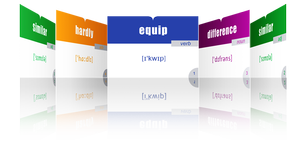SCIENCE-MARS
- Подробности
- 86
Mars is the fourth planet from the Sun, a cold desert with thin CO₂ air. One day is about 24.6 hours, and a year is about 687 days. It has huge volcanoes and canyons, two tiny moons (Phobos, Deimos), and signs of past liquid water.
MARS

Mars formed about 4.5 billion years ago. It is the fourth planet from the Sun, at an average distance of 1.524 AU (about 228 million km).
Size: the diameter of Mars is about 6,779 km (roughly 53% of Earth’s; radius ~3,389.5 km). Orbit: it goes around the Sun in about 687 Earth days (one Martian year). Rotation: one spin takes ~24 h 37 m (sidereal day); a solar day (sol) is ~24 h 39 m. The axial tilt is about 25°, so Mars has seasons like Earth.
Temperature: on warm days near the equator it can reach about +20 °C, while winter polar temperatures can drop to about −125 °C. The atmosphere is very thin (surface pressure ~0.6% of Earth’s) and is mostly CO₂ (~95%) with N₂ and Ar, plus traces of O₂, CO, and H₂O. Global dust storms can sometimes cover the whole planet for weeks.
Magnetic field: there is no global field today, only crustal magnetic patches (remnants of an ancient dynamo). Surface: a small rocky world with low gravity (~0.38 g). Famous features include Olympus Mons (~22 km high) and Valles Marineris (~4,000 km long, up to 7 km deep). Polar caps are mainly water ice with seasonal CO₂ frost. Ancient river valleys, lakebeds, and minerals show that liquid water once flowed; today there is abundant subsurface ice and briny activity in some regions.
Moons: two tiny satellites — Phobos and Deimos. Life: there is no confirmed life on Mars. Many scientists think early Mars was more habitable, but as its global magnetic field faded and the atmosphere thinned under the solar wind, the climate cooled and dried. Current missions search for signs of past microbial life in ancient rocks.
LISTEN TO THE TEXT




